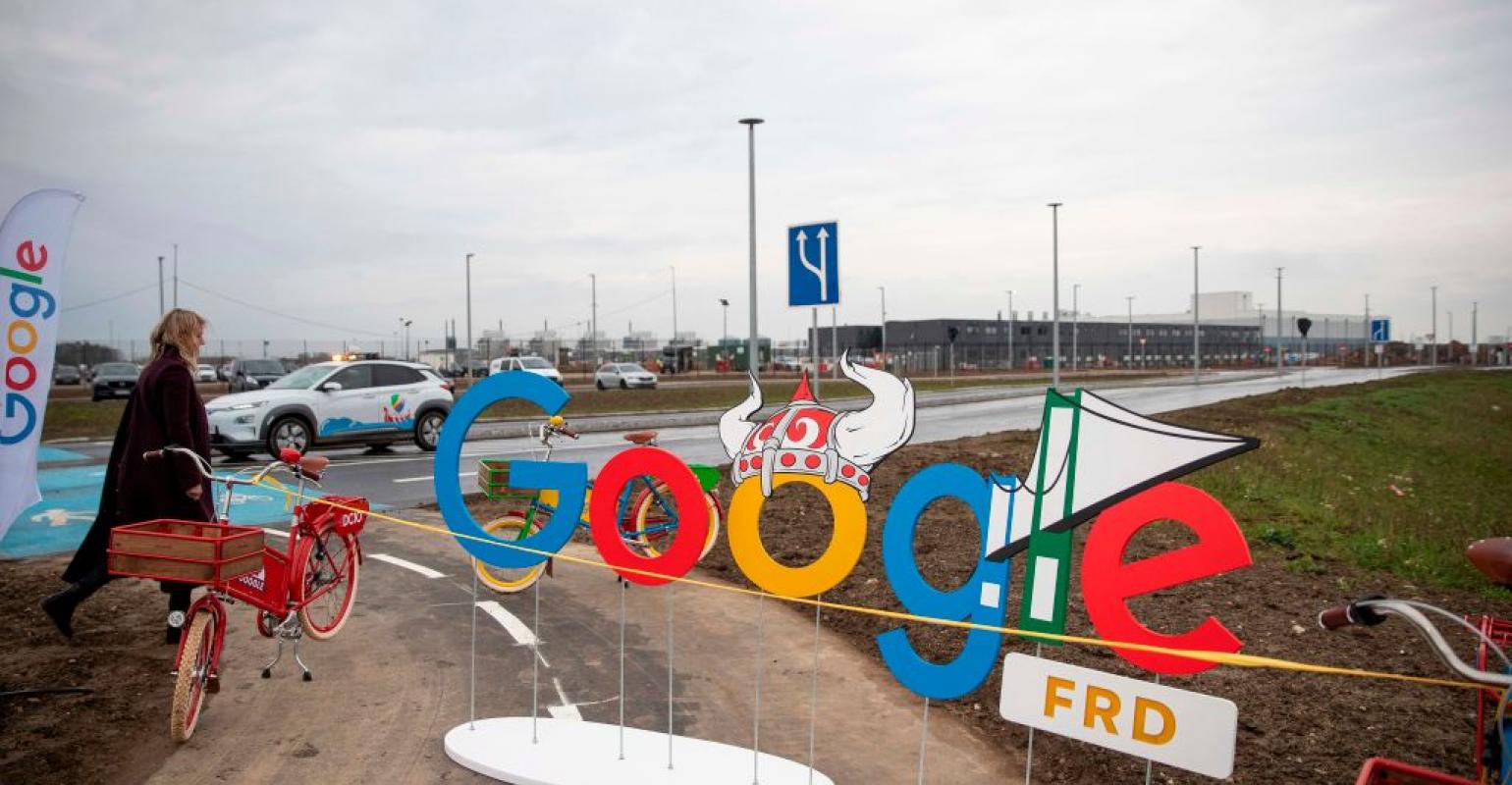Google is planning to move the processing workloads to 'greener' data centers.

The supply of renewable energy across the world can be tracked using mobile computing workloads focused on real-time data, according to the tech giant.
Google revealed this week that on their data centers it plans to use its Carbon-Intelligent Computing Platform to transfer "movable" computing workloads to various data centres dependent on green energy supply.
Ross Koningstein, co-founder of Google's Carbon-Intelligent Computing initiative, said the tech company is actually focusing on the proposal as part of its plans to fully decarbonize its energy usage by 2030, in a blog post published on Tuesday. Maybe do you think this can be an google data center council bluffs
"One way we can achieve this is by changing our activities in real time to make the most of the renewable energy that is already affordable," Koningstein said. "This covers all intermittent electricity options like solar and wind, as well as carbon-free energy that is always on, like our newly confirmed geothermal plant. This brings us closer to our 2030 target of running on carbon-free electricity everywhere, all of the way."
Throughout the day, the compute workload ranges from one data centre to the next. According to Koningstein, Google's latest Carbon-Intelligent platform seeks to move computing workloads around the globe, favouring areas where more carbon-free power is possible, based on forecasts about how strongly a given grid would continue to focus on carbon-intensive resources.
In 2022, the firm expects to use the new platform for around a third of its non-production workloads. It then plans to start encoding and processing millions of multimedia images, such as videos posted to YouTube, Google Drive, and Google Photos, in data centres that have access to green electricity.

The network will assign hourly computing power on the cleanest grids accessible across the world, allowing "as much electricity demand as feasible to be moved to times and locations where energy is cleaner," according to the company.
Last year, Google started changing the scheduling of activities inside data centres to balance the availability of greener energy sources. This effort laid the groundwork for the next big move, which is moving movable activities to more convenient places, according to the study.
Sundar Pichai, the CEO of Alphabet, also announced last month that five of the company's data centre locations - in Finland, Denmark, Oklahoma, Oregon, and Iowa - are now running on near-carbon-free electricity.
"To date, we've pledged over $4 billion to buy renewable energy from more than 50 wind and solar projects across the world by 2034," Pichai added.
Google is now collaborating with Fervo Energy, a renewable energy startup, to take advantage of the carbon-free energy resources that are "always going." Fervo Energy will incorporate 'firm' geothermal energy to the Nevada electric grid system in 2022 as part of the agreement, which Google expects to use to fuel its data centres and utilities in the region. Although Google continues to invest billions in modern data centres around the world, the public cloud and search giant has announced that it would transfer data production for items like Google images and YouTube videos to data centres with more solar power.
For more than one-third of Google's non-production workloads, starting in 2021, "carbon-intelligent computing" would shift workloads from data centre to data centre dependent on green energy availability.
“By 2030, we want to be fully decarbonized our energy consumption at all times of the day. In a blog post, Ross Koningstein, co-founder of Google's Carbon-Intelligent Computing initiative, said, "One way we can do this is by changing our activities in real time so that we get the best out of the renewable energy that's already affordable." “And that's just what our newest breakthrough in carbon-intelligent computing accomplishes: Google can now switch moveable computation activities between data centres dependent on geographic hourly carbon-free energy availability.”
Regional carbon-free infrastructure covers both intermittent and fixed forms of energy, such as solar and wind, with Google moving compute to the closest data centre with green energy. Google's carbon-aware computing network utilises day-ahead forecasts about how strongly a specific grid would depend on carbon-intensive technology to transfer computing around the globe, preferring areas with more carbon-free electricity.
Google's carbon-aware framework was created in 2020, when the organisation started to change the pacing of workloads inside data centres to accommodate the availability of more renewable electricity. This was Google's basis for relocating real computing resources to a more environmentally friendly data centre.
“Shifting computation tasks across location is a natural evolution from our first phase in carbon-aware computing, which was shifting compute across time. We were able to use more power while carbon-free energy options including solar and wind were abundant by allowing our data centre to move agile operations to various periods of the day,” said Google's Koningstein. “We will now move more power usage to where carbon-free energy is affordable, thanks to our latest update.”

Google is focusing its carbon-intelligent computing technology on media processing, which involves encoding, analysing, and processing millions of multimedia files such as YouTube images, Google Photos, and Google Drive. For these computing work, the platform can increasingly assign and use hourly computation power on the cleanest grids accessible worldwide.
In terms of Google Cloud developers and consumers, they should choose regions with higher carbon-free energy ratings to choose cleaner grids and optimise the proportion of carbon-free energy that drives their applications.
Google has been investing billions of dollars per year to develop and equip modern hyperscale data centres across the world in order to expand the scope of its cloud services. In reality, the three public cloud behemoths — Amazon, Microsoft, and Google — currently control more than half of the world's largest data centre.
The COVID-19 pandemic has prompted record-breaking data centre investment, driven by Amazon Web Services, Microsoft, and Google, with AWS, Microsoft, and Google alone spending US$37 billion in the third quarter of 2020.

Comments
Post a Comment